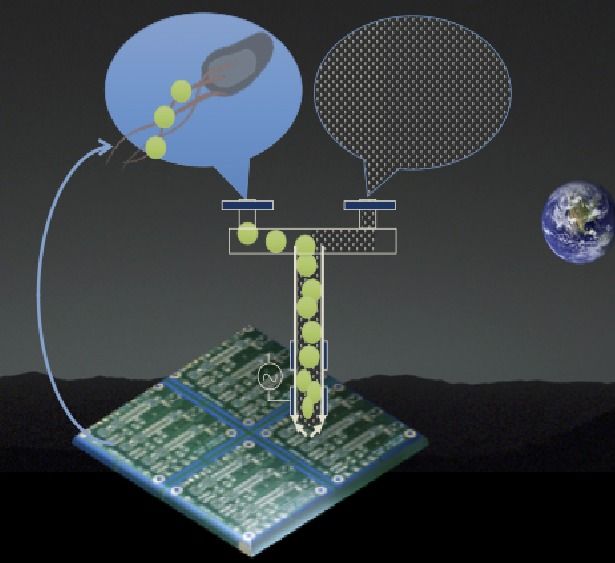Congrats geordie rose and jeremy hilton ; d-wave ROCKS!
News posting on T-Net)
Burnaby, BC, November 4, 2016—(T-Net)—D-Wave Systems Inc., the world’s first quantum computing company, announced the promotion of Jeremy Hilton to senior vice president, systems, with responsibility for driving the company’s quantum processor and systems research and engineering functions.
Hilton, who was previously the vice president of processor development, joined D-Wave in 2000, and has been instrumental in developing the world’s first scalable quantum processors. Hilton also led the development of D-Wave’s superconducting integrated circuit foundry. He is a named inventor on 34 granted U.S. patents.
“Jeremy has almost two decades of experience developing the most advanced scalable quantum computing systems in the world. We’re lucky to have him on the team,” said CEO Vern Brownell.










